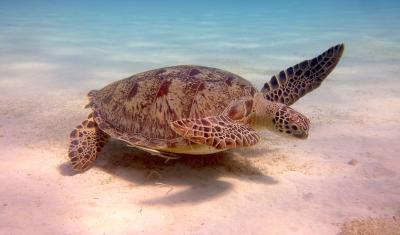A species as noble and charming as can be found living in the Antarctic's freezing wilderness, despite the unrelenting winds and stinging cold: the penguin. These hardy birds, unable to fly but lords of the frozen lands, have enchanted naturalists and scientists alike. They show us resiliency and determination in the face of hardship by resisting nature's harshest forces with specialised adaptations like nasal chambers and thick coats of blubber.
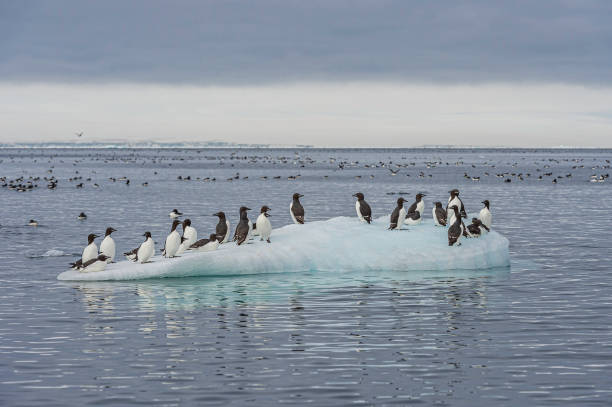
The Emperor penguin is unique among the various species of penguins that live in Antarctica because of its unique adaptations designed to help it survive the harsh climate. Their distinct nasal chambers, which are essential for heat recovery, are one such adaptation. Emperor penguins have developed an ingenious system to preserve heat because every gramme counts in the icy Antarctic. Because of their unique nasal chambers, these magnificent birds are able to recycle the heat lost during breathing, which allows them to maintain body temperature even under the most harsh circumstances.
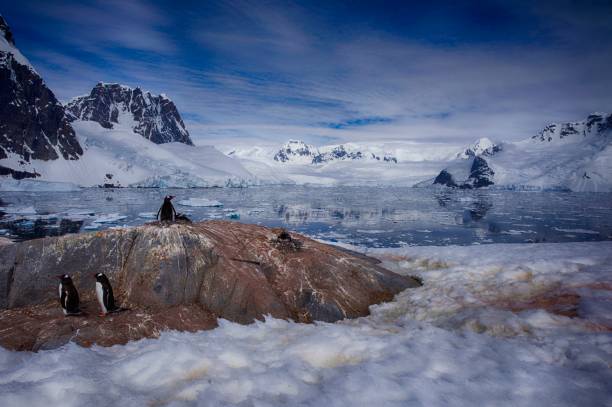
But that's not all; Emperor penguins have closely aligned veins and arteries, which improves their capacity to control body temperature. This extensive network of blood veins allows them to efficiently transport heat throughout their bodies, keeping them warm even in the midst of the harsh Antarctic winds.
Surviving in the Antarctic is more than simply fighting the cold; it's also about obtaining nutrition in a climate where food can be rare, especially during the long winter months. Antarctic krill, an important part of the penguin diet, must tolerate the harsh circumstances alongside their predators. Nonetheless, penguins have adapted to live in this tough environment. Their thick covering of blubber acts not just as insulation against the cold, but also as an essential food storage during lean periods.
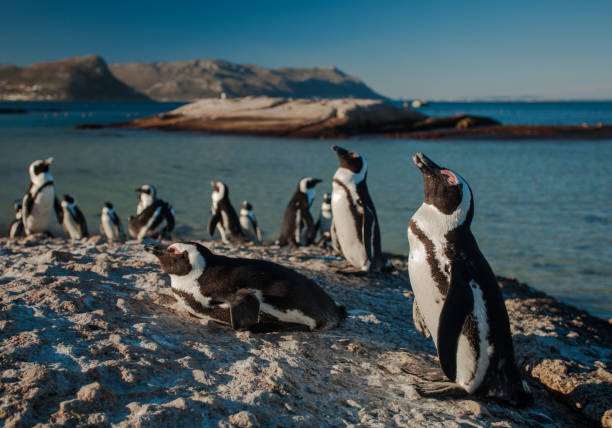
Adaptations for life in the water are equally impressive. Because of their excellent adaptation to the water, penguins spend a large portion of their time swimming in the icy waters that encircle Antarctica. Even after extended swims, their waterproof feathers keep them dry, retaining buoyancy and preventing heat loss. They can easily navigate the waters thanks to physical adaptations for effective swimming, like streamlined bodies and wings that resemble flippers. Furthermore, strong bones facilitate diving, allowing penguins to descend to remarkable depths in pursuit of food.
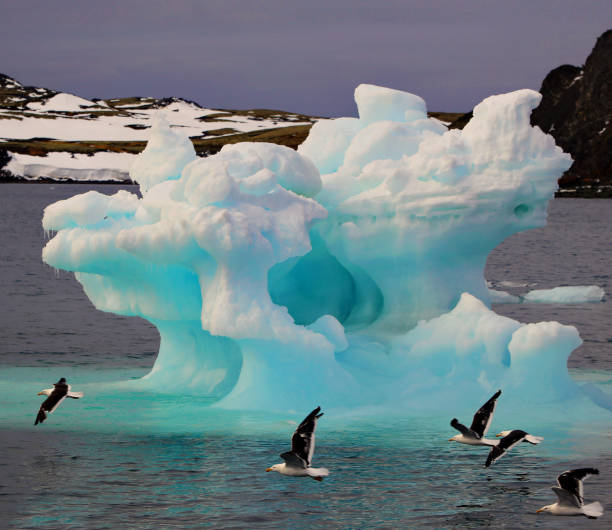
Despite their excellent adaptation to aquatic life, penguins face difficulties when reproducing and rearing their young on land. This is where their protective and warm adaptations come into play. Some species, like the Emperor penguin, have a special brood pouch that cradles their eggs and keeps them warm until they hatch in addition to having waterproof feathers and fat. In addition, penguins are well-known for their habit of huddling in big groups—a behaviour that helps them retain body heat throughout the bitterly cold Antarctic winters.
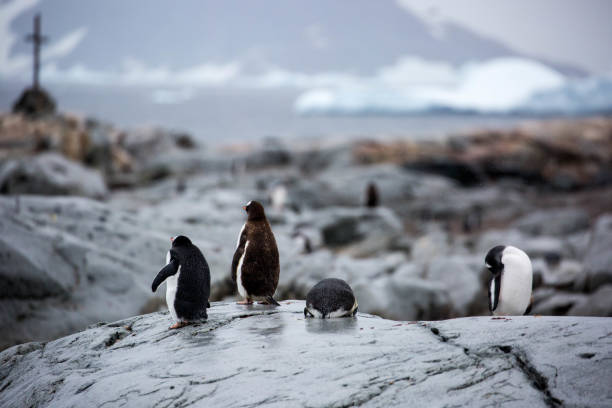
We see a symphony of adaptation in the fascinating world of penguins, which is evidence of the inventiveness of nature. Everything about them is designed to survive in the harsh Antarctic environment, from their waterproof feathers to their specialised nasal chambers. We are reminded of the resiliency and persistence present in all life as we gaze upon these amazing creatures, which motivates us to accept change and triumph gracefully over hardship.
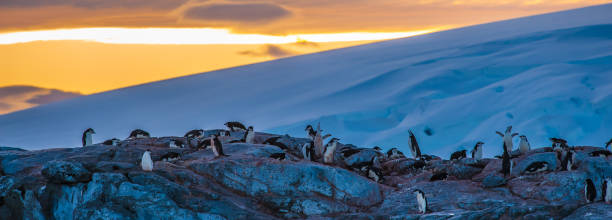
Penguins have amazing survival adaptations, such as specialised nasal chambers and waterproof feathers, especially Emperor penguins in Antarctica. We need to address climate change in order to protect these hardy creatures, as it threatens their environment with melting sea ice and rising temperatures. To preserve penguin populations, conservation initiatives should prioritise cutting carbon emissions, preserving coastal ecosystems, and creating marine protected areas. Furthermore, encouraging ethical fishing methods and lending assistance to groups that work to save penguins will help guarantee that these famous birds will always be able to live happily in their icy habitat.









